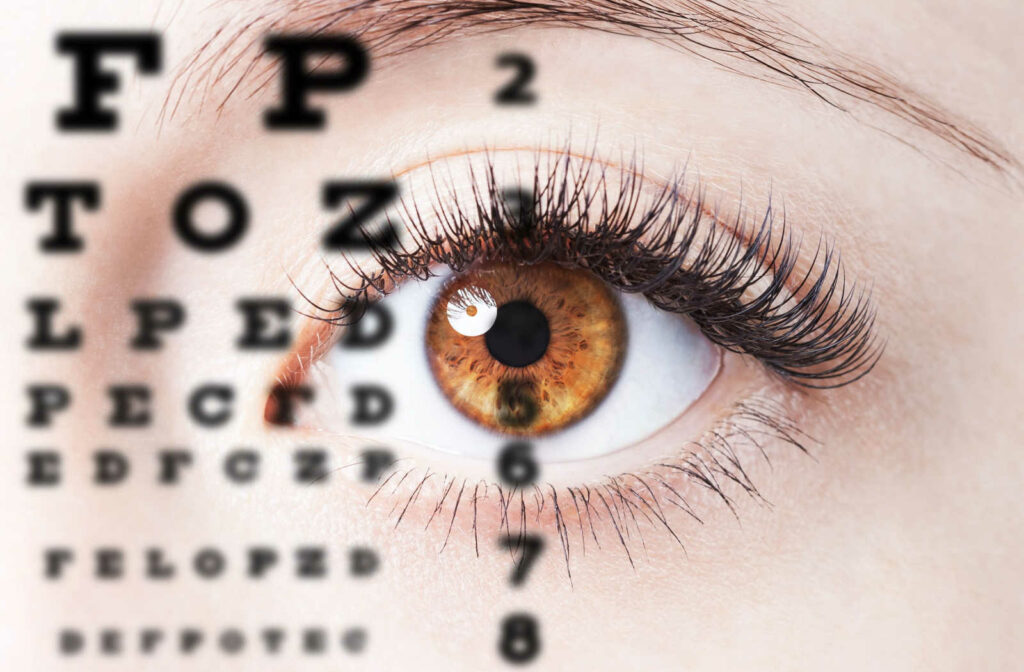Featured
Table of Contents

Routine eye evaluations are crucial for keeping excellent vision and spotting potential eye health problems early. The frequency of these exams can differ dramatically based on an individual's age, way of life, and general health and wellness. Recognizing the suggested routine for eye exams can aid make sure that individuals of every ages get appropriate care and surveillance for their eye wellness.
Newborns and Toddlers (0-2 Years)
For infants and kids, eye exams are critical for identifying any potential vision troubles early on. The American Academy of Ophthalmology advises that a kid's initial eye exam ought to take place at around six months of age. During this first go to, the eye treatment professional will certainly evaluate the youngster's visual development and look for any kind of apparent eye problems.Following this very first test, it is suggested that youngsters have one more eye exam at age 3. This see will concentrate on evaluating the youngster's total visual feature, consisting of eye alignment and the capability to track things. If no concerns are found, the next examination ought to be set up before the youngster starts school, usually around age 5 or 6.
School-Aged Youngsters (6-18 Years)
Once kids get to school-age child, regular eye examinations must be arranged each to two years. Vision is critical for learning and development, and numerous schools carry out vision testings. However, these screenings do not replace a detailed eye test by an eye treatment professional.For kids associated with sports or tasks calling for considerable visual emphasis, annual eye exams may be recommended. Furthermore, if a child displays indications of vision problems-- such as difficulty reviewing, scrunching up your eyes, or frequent headaches-- a check out to the eye medical professional need to be set up immediately.
Young Person (19-39 Years)
Young person generally have fewer vision changes than older age, yet normal eye exams remain essential. The general recommendation is to schedule an eye exam every two years throughout this duration. Individuals with details danger elements-- such as a family members background of eye illness, diabetes mellitus, or those who use get in touch with lenses-- ought to think about yearly eye examinations.Additionally, those that spend considerable time on electronic devices might experience digital eye stress. If signs and symptoms such as dryness, fatigue, or blurred vision happen, it may be a good idea to see an eye treatment expert earlier.
Adults (40-64 Years)
Adults aged 40 to 64 need to schedule eye exams every one to two years. Eye tests can also help identify other common age-related conditions such as glaucoma, cataracts, and macular deterioration.If individuals in this age team have risk elements such as high blood pressure or diabetes mellitus, they may call for more regular exams to check their eye health carefully.
Senior Citizens (65 Years and Older)
For seniors, routine eye examinations become also a lot more essential. The American Optometric Organization suggests that individuals aged 65 and older have an eye test at least once a year.Conclusion.
Understanding the ideal schedule for eye exams based on age is essential for keeping optimal eye health and wellness throughout life. By sticking to these guidelines and consulting with an eye care expert, people can take aggressive steps towards maintaining their vision and general health and wellness.Latest Posts
A Historic Shoreline Destination with Modern Delights
Published Apr 11, 25
1 min read
Experience Coastal Style at Deauville Inn
Published Apr 10, 25
1 min read
A Historical Shoreline Destination with Modern Delights
Published Apr 06, 25
1 min read